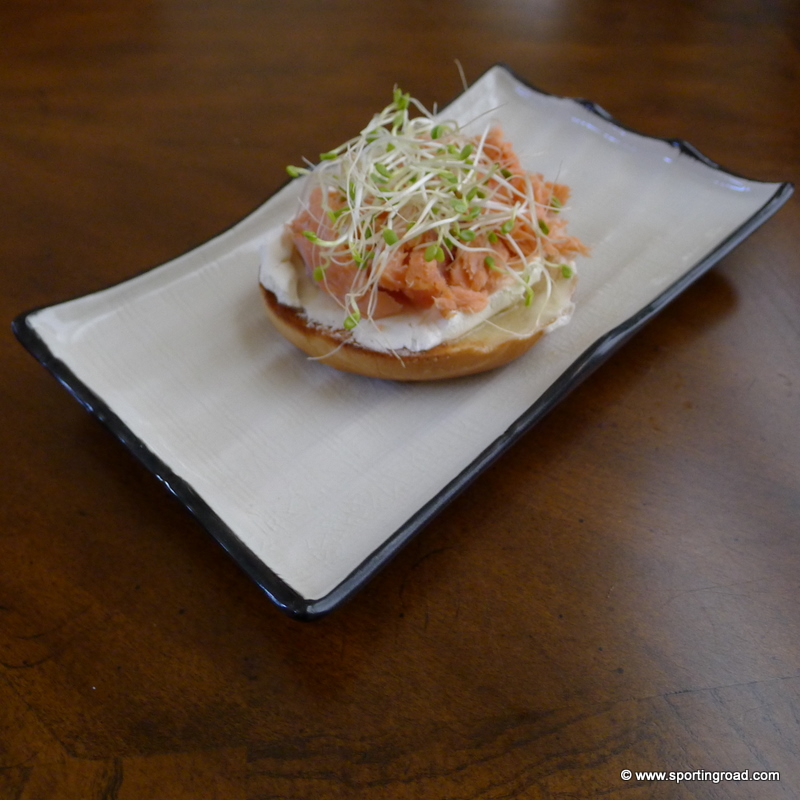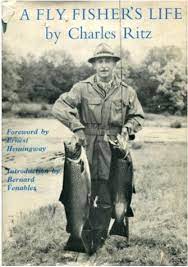Light Weight Fly Fishing Rods
Please sign up here for notices about the new site I am launching on Rim Chung’s One Fly methods. I have been asked “What rod is Mr. Chung’s current favorite?,” on this blog. This will be the subject of a soon-to-be released article and a chapter in the book that I am in the works of publishing about his fishing methods. The short answers are that a Sage TZX 0710- #0 Line and the Sage LL 2-weight in 7’9”, are Rim Chung’s current all-time favorites. He also fancies several of his Winston rods and depending on when you ask him he often responds that the Winston Boron IIX 8'6", 3 weight is his all time favorite rod. My all time favorite is a Winston WT 8', 3-piece, 3-weight rod, and I exclusively fish Rim Chung's methods of nymph fishing. Another student of his prefers the Winston Boron III LS ; 3 WT 8’6", so it may be whatever you get used to becomes your favorite. Asking Rim which is his favorite rod used to be an easy question for him to answer, but now the usual response is something along the lines of "Well, that is a lot like asking a man about his favorite woman when he has the pleasure of so many to choose from in his lifetime. It becomes hard to compare one to the other. One might be in love with each one for what it represents and offers, without comparison to the others." I’ll attempt to let you in on an advance glimpse behind the invisible veil to catching more fish with his ultra-light weight fly fishing methods here. Mr. Chung has been fly fishing since the glass and bamboo rod era, when they were the only choices as anglers. Many times


